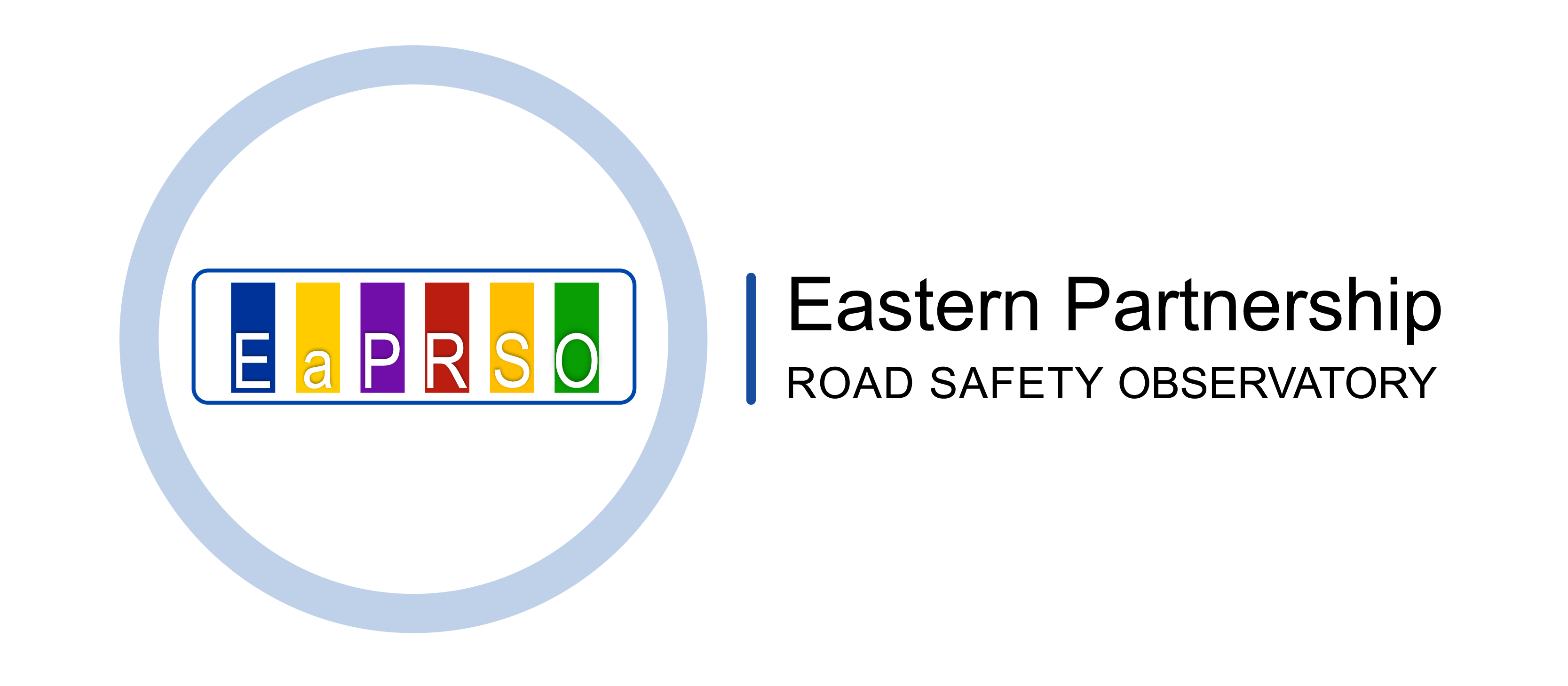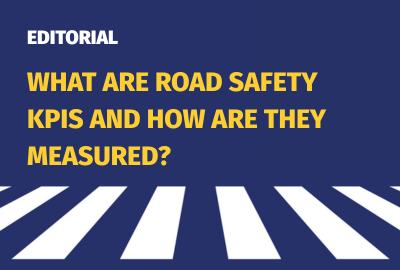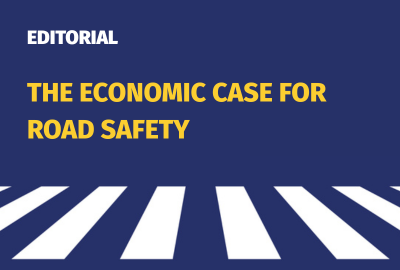
Editorial by David Ward, President Emeritus, Global NCAP
Over the last 25 years we have witnessed the highest ever level of global motorisation. Since 2000, 1.8 billion new motor vehicles have been produced and, despite setbacks such as the 2008-09 financial crisis and the Covid-19 pandemic, car manufacturers are achieving annual sales exceeding 95 million units worldwide. Despite this unprecedented growth in automobile use, vehicle safety has also improved dramatically in the last quarter century. This has helped to stabilize global road deaths at around 1.2 million per annum.
Today, Global NCAP estimates that over 90% of all new passenger cars meet minimum United Nations crash test standards for front and side impact. First applied in the European Union to all new cars in October 2003, these requirements were subsequently adopted by the UN World Forum for Harmonisation of Vehicle Regulations. [1] They have significantly improved crashworthiness, preventing the collapse of car bodyshells and encouraging fitment of air bags, seat belts, and pre-tensioners. This has substantially improved occupant fatalities which in the EU, for example, have reduced by more than 50% since 2000.
Beyond this regulatory progress the role of the New Car Assessment Programmes (NCAPs) has also accelerated the growth of much safer vehicles in all major global markets. NCAPs use star ratings – usually from zero to five - to independently assess the safety performance of vehicles. They now operate in Australasia, China, Europe, India, Japan, Latin America, South Africa, Southeast Asia, South Korea and the USA. [2]
Nearly all these programmes have adopted the same UN crash test standards but typically made them more stringent. For example, most NCAPs carry out the frontal impact test at 64 km/h rather than 56 km/h as required in the UN test. This increased speed increases exponentially the amount of crash energy that must be absorbed by the car’s safety systems. The growth of NCAPs across all the major vehicle producing regions has helped to democratise vehicle safety, as manufactures strive to obtain coveted five-star ratings.
In recent decades there has also been a parallel improvement in crash avoidance which is the capability of the vehicle to prevent a crash from occurring at all. The most important technology development so far has been the growing fitment of electronic stability control (ESC). This is an anti-skid system that automatically brakes the vehicle wheels differentially to correct loss of grip. Thus, preventing possible run-off-the-road crashes. Since 2011, fitment of ESC has grown year on year driven by the combination of regulation and NCAP testing. Today over 80% of all passenger cars have this life-saving technology on board.
Protection of vulnerable road users has also been a priority of growing importance for vehicle manufacturers, regulators, and NCAPs. Since 2005 a global standard for pedestrian protection has been developed which is now applied by most major vehicle producing countries – apart from the USA – and is usually included in NCAP ratings. The crash avoidance technology Autonomous Emergency Braking (AEB) also has a pedestrian protection capability. AEB applies brakes automatically if the car detects a likely impact. The advanced driver assistance system is now mandatory across the EU and Japan and is also common in NCAP tests worldwide. As part of the same legislative initiative – the General Safety Regulation – the EU has also mandated Intelligent Speed Assistance (ISA) which will ensure that drivers maintain the posted speed limit. [3]
All this progress in vehicle safety will gradually spread across all world markets and help contribute to safer roads everywhere. However, for countries that are not major vehicle producers and those that rely on imports of new and secondhand cars it is very important to be able to monitor and influence the quality of vehicles entering their market. The simplest way to ensure the progressive improvement in a country’s vehicle fleet is to apply the most important UN standards to all new and used imported cars. This is strongly recommended in the Global Plan for the UN Decade of Action for Road Safety 2021-2030. [4] It is relatively simple for countries to apply the UN regulations already available for adoption by the UN World Forum. The key UN standards are:
-
Front and Side Impact Regulation 94 & 95
-
Electronic Stability Control Regulation 140
-
Seat Belt Anchorages & Seat Belts Regulations 14 & 16
-
Pedestrian Protection Regulation 127
-
Child Restraints Regulation 129
Reviewing the status of NCAP ratings can also help but it is important to verify that the model available is the same specification as the original tested version. Overall, there is much to be gained for Governments and road safety agencies in all countries to be familiar with the key indicators of vehicle crash protection and crash worthiness – based on the UN regulatory system.
Other recommended actions in the UN Global Plan include improved safety for commercial/public sector fleets and motorcycles. Many of the crash avoidance systems such as ESC, AEB and ISA can also be applied to commercial vehicles including buses, vans, and trucks. Euro NCAP has begun testing both vans and trucks. [5] The results show that progress can be made in the safety of vehicles that are heavily used on our roads and often disproportionality involved in serious crashes. It is very important also not to overlook motorcycle safety. Globally we are also seeing unprecedented growth in motorcycle production, and it is very important that best available technologies are applied. A major priority is motorcycle anti-lock brakes which Global NCAP recommends should be applied to all powered two-wheelers capable of more than 50 km/h.
Looking ahead, assessing vehicle safety will be greatly enhanced by studying on board data that can track real performance on the road. In the EU, all new vehicles sold since July 2024 must now be equipped with event data recorders (EDRs). These collect data such as speed, braking, and related safety system status. They will enable improved crash research and investigation. In the years ahead access to on-board data will become increasingly important as vehicles feature more advance driver assistance systems and semi-autonomous capabilities. In the next 25 years, we can expect to see more cars becoming so-called ‘software defined’ vehicles that feature real time data processing and ‘over air’ updates to safety critical functions. This offers further potential road safety, but a critical issue will be access to data that protect the rights of vehicle owners but also allow independent analysis. The pathway to ever safer vehicles will inevitably require deeper levels of assessment and more access to data.
[1] World Forum for Harmonization of Vehicle Regulations (WP.29)
[2] Global NCAP
[3] GSR 5 July 2024 New Rules on Vehicle Safety
[4] Global Plan for the Decade of Action for Road Safety 2021-2030




